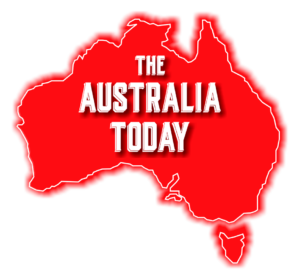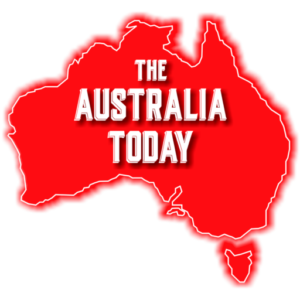Fiji has been slapped with a 32% tariff by the United States under President Donald Trump’s newly announced global reciprocal tariff system, unveiled at the White House on Wednesday. Meanwhile, Fiji charges U.S. imports a much higher rate of 63%, highlighting trade imbalances that Trump’s policy aims to address.

“In many cases, the friend is worse than the foe in terms of trade,” Trump remarked, emphasising that America has long subsidised trade partners like Mexico and Canada.
“At what point do we say you got to work for yourselves?”
Trump presented tariff rate charts showing that, in most cases, the U.S. is now imposing charges that are about half of what trade partners levy on American goods. While some nations will see fully reciprocal tariffs, Trump described the approach as “kind reciprocal.”

In response to the new tariffs, Fiji’s Ministry of Finance emphasised the importance of its trade relationship with the United States:
“The United States (US) is an important trade partner for Fiji, accounting for around 10 percent of total trade (exports and imports). The US is also an important source market for Fiji’s tourism (10 percent), remittances inflows (approx. 30 percent) and a key development partner for the last many decades.”
Deputy Prime Minister and Minister for Finance Prof. Biman Prasad told local media that the new imposed tariffs are ‘quite disproportionate and unfair.’ However, Fijian leaders are working with key stakeholders and US counterparts to understand the rationale behind the newly announced retaliatory tariff and resolve the issue.
Prof. Prasad highlighted that 72% of US imports into Fiji were duty-free last year, while 25% faced a 5% tariff and less than 4% were taxed at 15% or 32%.
Fiji’s tariff structure includes four ad valorem bands—0%, 5%, 15%, and 32%—with additional excise taxes of up to 15% on selected goods such as motor vehicles, carbonated drinks, and confectionery. Meanwhile, essential goods like rice, sugar, and baby milk are subject to either zero or 15% Value Added Tax (VAT).

Fiji has traditionally enjoyed a trade surplus with the US, with exports nearing $500 million over the past three years. However, rising imports—from $190 million in 2022 to $425 million in 2024—have reduced the surplus from $293 million in 2022 to just $63 million last year.
The new tariffs could have a significant impact on Fiji’s economy, particularly its water export industry. In 2023, Fiji’s water exports to the United States were valued at $241 million, making up a substantial portion of its total exports to the U.S. and a significant share of its global water trade. That year, Fiji exported $267 million worth of water, making it the world’s fourth-largest exporter of the product. Water was also Fiji’s most exported commodity, with key markets including Canada ($4.3M), Mexico ($2.9M), the United Arab Emirates ($2.75M), and Australia ($2.57M). The fastest-growing markets for Fijian water exports between 2022 and 2023 were the United States ($2.4M), the United Arab Emirates ($1.47M), and Australia ($1.38M). With the U.S. now imposing a 32% tariff, industry experts warn that Fiji’s dominant export sector could face economic headwinds, affecting its trade relationships and revenue streams.
Fiji’s major exports to the US include mineral water, kava, fish products, sugar confectionaries and wood artefacts. Major imports from the US include medical equipment, aircraft parts, machinery and electrical equipment.
Support Our Journalism
Global Indian Diaspora and Australia’s multicultural communities need fair, non-hyphenated, and questioning journalism, packed with on-ground reporting. The Australia Today – with exceptional reporters, columnists, and editors – is doing just that. Sustaining this needs support from wonderful readers like you.

Whether you live in Australia, the United Kingdom, Canada, the United States of America, or India you can take a paid subscription by clicking Patreon and support honest and fearless journalism.





